Description
Kateshi coffee estate, as one of the first coffee estates in Zambia, was established in 1972 close to Kateshi village. Back then, its wet processing facilities represented the heart of coffee production in northern Zambia having been the central mill for all coffee produced in the region. It is also award-winning; its natural and honey placing both 1st and 2nd in Zambia’s annual Taste of Harvest competition.
Local Community is at the heart of the estate’s vision and provides daily access to safe drinking water to over 20,000 locals and supports 3 schools that provide 1,500+ students with primary and secondary education. Also on site is a health clinic, the only such facility for 30km. Complete with a pharmacy and delivery room, the clinic provides free basic healthcare to over 4,000 community members and sees an average of 95 visitors per day.
Kateshi has been recognized for boldly challenging gender stereotypes in Zambia, being the first and only coffee estate to employ women for traditionally male-dominated roles such as driving tractors, bull-dozers and road graders. Oh, and they also sponsor a football team, the Kateshi Coffee Bullets who compete in the Zambian 1st Division.
One pound each of:
Zambia Kateshi Estate AA – Washed Processed
Tasting Notes: A wonderful season for the Zambia washed. Good clean cup profile making it pretty tasty from light to dark roasts. We found the lighter side of a medium roast to be our favorite. Fuller bodied cup with a sweet lemony crispness balanced with a chocolaty dark tone, hints of nuttiness and spice in the aftertaste. Similar to a Rwanda/Burundi/Kenya but with a bit more body and less herbal spice. Lighter roasts accentuate the brighter more floral/fruity tones, a bit more showy of a cup with its brighter characteristics but not as chuggable, can pull a little herbal balance. If you cannot tolerate a bit of citric crispness, darker roasts are the way to go, mutes up most of the brighter cup features presenting a real big bodied, smoky, complex and very dark toned cup of coffee.
Roasting Notes: Beautiful prep and even roasting. Darkens up quickly, so if shooting for lighter roasts, almost easier to watch for the expansion in size, then give it a quick sec before cooling. Low chaff, a longer setup really smooth out the cup. If you like it sharper, 24 hours later is great, if you like it a bit smoother, 3-5 days might be the way to go.
Tasting Notes: Best at the light to medium roast level. Good bit of citrus and red fruit upfront balanced with a thicker chocolate and spice note. Light roasts get a very jazzy stronger citric tone, with just a hint of a dark tone balance. Floral and sweet edged, with an emphasis on the fruitiness of the cup. Medium roasting brings the best of both worlds, some soft fruit, some chocolate and spice: medium to full bodied and far less sharp than the lighter roasts, but also a bit less fruity. More of a chocolaty cup with fruity highlights. Dark roasts get even fuller bodied but burn out some sweetness, taste like semi-sweet chocolate on the roasty/smoky side, thick with a bit of spice in the aftertaste. A hint of fruitiness as the cup cools but hard to tell its natural processed roots at darker roasts.
Roasting Notes: Easy to roast all in all but high chaff and slightly uneven roasting, adding a little complexity to traditional light roast points. A long first crack with the bean surface color darkening up quickly, can cause folks looking for light roasts to cool it out a bit soon. Try to make sure 98% of beans get through first crack before cooling. Erroring towards a medium roast is pretty bulletproof for a good cup.
Zambia Kateshi Estate – Anaerobic Natural Processed
Anaerobic coffees are fermented coffees. They use sealed containers to control the fermentation. There are no rules for the farmer, one can produce low fermentation coffees similar to washed processed using this method, to complete ferment bombs way beyond most natural processed beans. Unlike last season, in which this offering was more of a ferment bomb, this season, it is much more refined, definitely the most fruity and citric out of the three offerings but not nearly as over the top, much cleaner and more balanced in its tastes.
Tasting Notes: Best at the light to medium roast levels. Comparatively to the other more traditional Zambia offerings, this cup has stronger acidity, a thicker body, stronger fruit notes ranging from citric/tropical to a bit of classic red fruit. One can still see the classic Zambia cup profile with its darker toned contrast, nice and chocolaty with a bit of spice. Easily the best depth of flavor out of the three: all sorts of delicate little flavors pop out at the lighter roast points especially as the cup cools. Light roasts are the most citric and fruit, produces a clean cup with a little chocolate/spice balance. The soft fruit tone is a bit covered up by the brightness at light roasts, will be easier to see as the cup cools or the beans setup for a longer period. Medium roasts will pull a lot of the citric out of the cup, more along the lines of a buzzy acidity versus citric, a chocolaty cup with pretty exotic fruity highlights. Will pick up a little woody barrel aged tone to go along with the slight fruitiness to let you know you have something exotic. Darker roasts are interesting and strong, but will be bittersweet, not creamy and smooth like the washed processed.
Roasting Notes: Roasts pretty even and has a medium chaff level. Much cleaner bean preparation from last season. Surface color darkens up quickly, so if shooting for lighter roasts, almost easier to watch for the expansion in size, then give it a quick sec before cooling. Crazy coffees like these have a long setup period. Many think waiting 7-14 days after roasting on sizzling anaerobics brings a whole new level to the tastes. We have a hard time waiting that long but fun to save some beans to see how the tones develop.
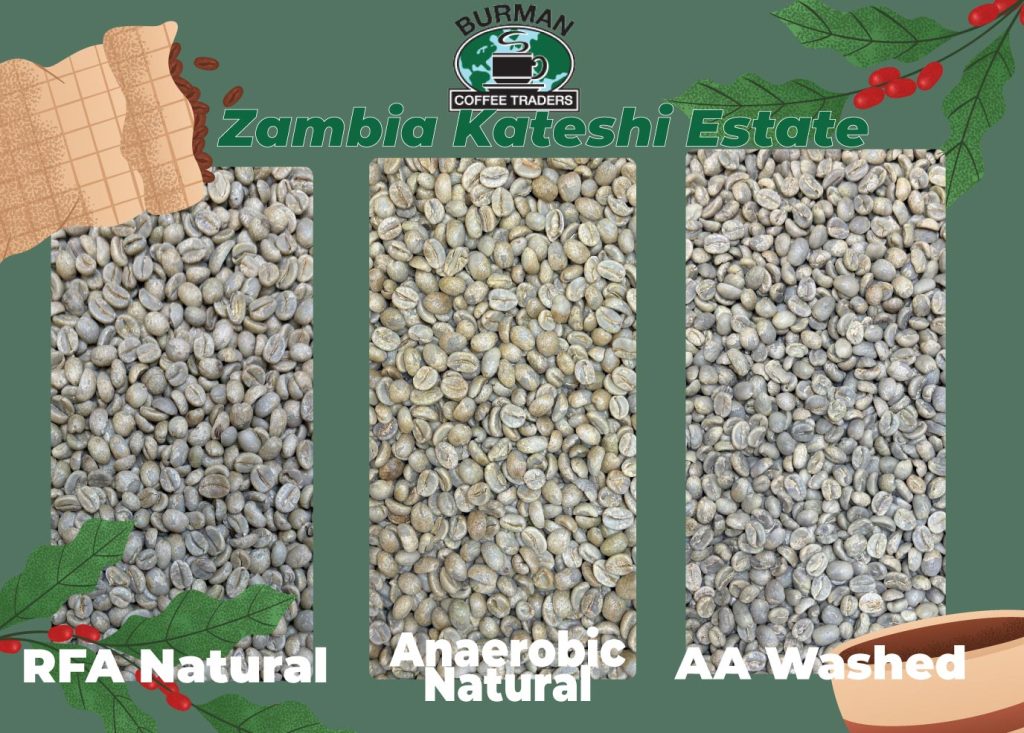
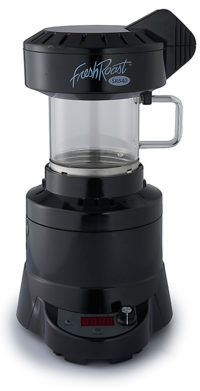
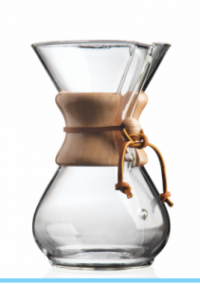

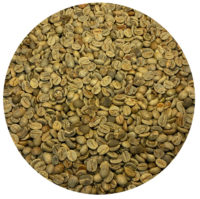
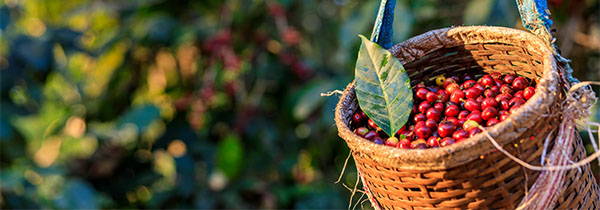
Reviews
There are no reviews yet.